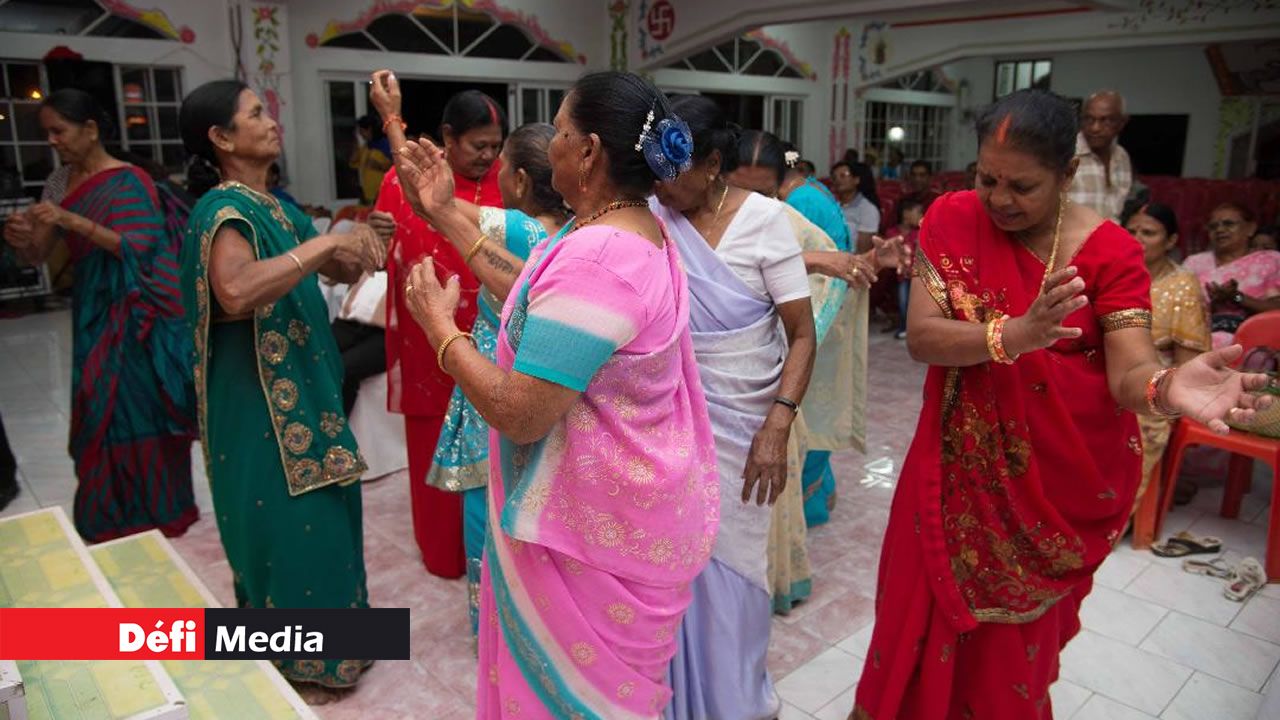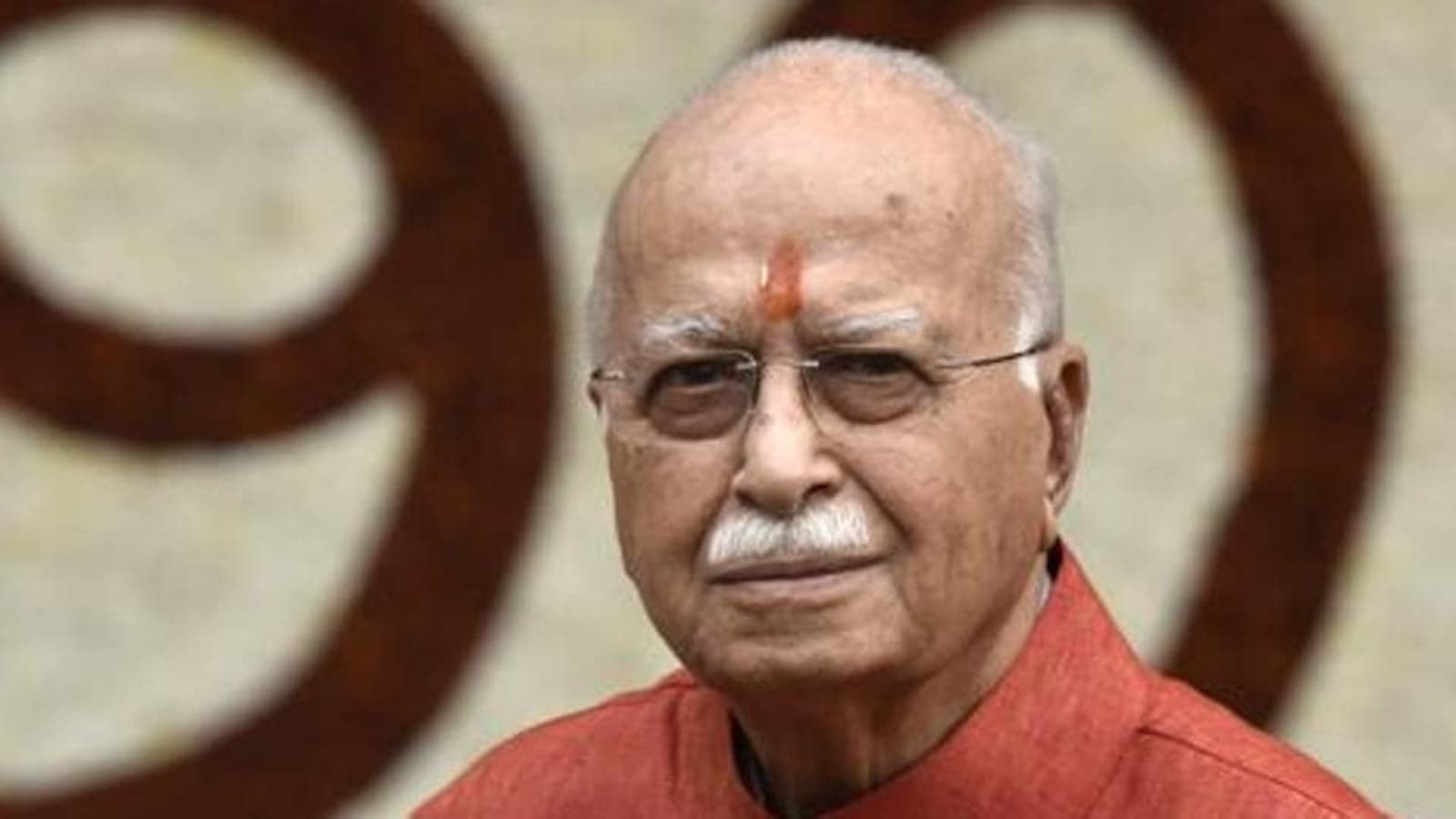Thursday, 1 December marks the sixth year of the geet gawai inscription on UNESCO’s representative list of intangible cultural heritage. A periodic report should be submitted summarizing the initiatives undertaken to conserve and preserve geet gawai. However, its preservation depends on the preservation and promotion of the Bhojpuri language.
From 2013 to date, 51 Geet Gawai Schools have sprung up across the island. Classes are offered voluntarily once a week at social centres, mainly in Dagotière, Écroignard, Deux-Frères, Vacoas, Rose-Hill, Quatre-Bornes, Montagne-Longue and Cottage. The “guruwaines” (mentors) approach the origins of this culture, its importance, ways of interpreting it and the choreography called “jhumar”. Young people, young people and especially seniors are showing interest in geet gawai.
The establishment of these schools was the initiative of Sarita Boodhoo, President of the Bhojpuri Speaking Union (BSU). This wish is part of geet gawai’s registration on the Unesco representative list of intangible cultural heritage. Sarita Boodhoo recalls that Mauritius was one of the first countries to sign the 2003 UNESCO Convention in Paris. “This convention was established to protect, preserve and promote the intangible cultural heritage. The state has a mission to ensure that modernity does not transcend a piece of history. Therefore, Mauritius must take inventory of its intangible heritage. This is how in 2011, we discovered that all types of devices can be included in the UNESCO list,” he said.
Sarita Boodhoo and historian Vijaya Teelock were among those who worked on the two files over four years. Consultations, meetings and workshops make it possible to gather information. In 2012, Sarita Boodhoo was appointed president of BSU and the following year, she had the idea to unite “geetharines” (geet gawai practitioners). “I noticed that this culture is gradually disappearing. Lots of orchestras to like, Hindustani songs from Bollywood as well as Western music. At the same time, we are witnessing the loss of the Bhojpuri language. »
This is how he met Dhundevi Poonith’s “geetharina” from Petit-Raffray. A meeting with the other “geetharines” is held in Goodlands. “Alumni are reluctant to share their knowledge and talents. We have to convince them. As a result, we founded the first school in Petit-Raffray to teach geet gadgets. Women between the ages of 20 and 80 attend the classes. Some even came with their babies or children,” said Sarita Boodhoo.
This transmission work is mentioned in a file that eventually led to an inscription on December 1, 2016. “To preserve the geet gawai, we must pass it on to the younger generation and protect the vehicle, which is the Bhojpuri language,” said the President. BSU. Hence the Bhojpuri course offered at geet gawai school. After two years of the pandemic, the schools reopened last July. Apart from that, Bhojpuri teaching in secondary schools is planned. Sarita Boodhoo hopes for 2023.
Periodic reports should be submitted to Unesco outlining progress in the promotion and preservation of geet gawai in Mauritius. Today, a geet gawai competition is being held on the island. “We are also invited to perform at events such as the commemoration of the arrival of wage workers and Independence Day,” said Sarita Boodhoo.
The origin of geet gawai
Geet gawai is a “sanskar” (rite). It originates from Bihar in India and is practiced in the “bhojpuri belt”, which includes Bihar, Uttar Pradesh and Chhattisgarh. “When India was under British occupation there was the Presidency of Bengal. This region includes Bengal, Bihar and Orissa in particular. Immigrants left 26 districts of the Bengal Presidency to come to Mauritius. That’s how they share and preserve their culture, and geet gawai is a part of that,” said Sarita Boodhoo. He added that “geet” means song while “gawai” means show.
Geet gawai is part of the Rig-Veda, one of the four vedas (a collection of religious texts from ancient India). The Rig-Veda is a collection of hymns in praise of the gods, which are sung during various rituals. “Songs and geet gawai instruments resound to invoke the goddess of fertility and give blessings to the newlyweds. The lyrics talk about family harmony, values, respect for parents and respect for nature. Previously, geet gawai was sung eight days before the wedding, to set the mood.
Today, this is done three or four days before the ceremony. Geet gawai is performed during rituals like ‘haldi’ and ’tilak’. The instruments used are dholak, lota, chimta and lacritaal.
Andy Janvier: his second album has arrived
“Family Sincerity” is Andy Janvier’s second album. Consisting of five tracks, it was released on Sunday, November 27. “Her songs deal with sometimes complicated family situations. We have to emphasize that family is strength,” said the singer. Andy Janvier toured France, Belgium and Italy from 27 May to 27 July. This is to promote his first album, “Heritage mo papa”, launched in 2019.
Ijobelle Guillaume: “Pa tarde” for celebration


“Award-winning travel lover. Coffee specialist. Zombie guru. Twitter fan. Friendly social media nerd. Music fanatic.”







